.
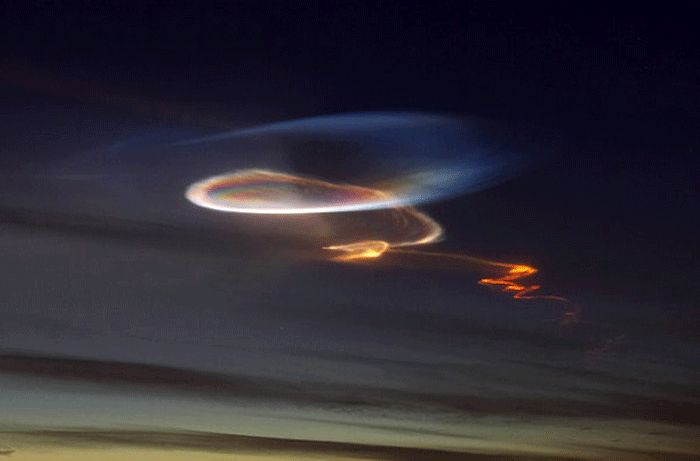
What are those lights and streaks in California's sky?
.
It’s not the apocalypse. It just looks like that.
Every few weeks, bright streaks and colorful, rolling waves appear in the California sky. They can startle those unfamiliar with their source, spurring speculation of aliens or apocalyptic visions.
But the secret behind the heavenly artwork is much more mundane: frozen fuel exhaust crystals -- the trails of rocket launches from Vandenberg Air Force Base – combined with nature.
Vandenberg, on California’s Central Coast between Lompoc and Santa Maria, has been the site of military space projects for more than half a century. With human civilian flights by NASA from Cape Canaveral, Fla., on hiatus, Vandenberg is the busiest launch pad in the country.
Vandenberg covers 98,000 acres along the Pacific and has been the primary site for launching spy satellites since the beginning of the Cold War. It has an ideal location for putting satellites into a north-to-south orbit.
Because the base is about 160 miles northwest of Los Angeles and not farther south of Bay Area cities, rocket launches rarely go unnoticed during the day or night. On a clear night, they can be seen across the state. Vehicles routinely pull over and stop on the southbound shoulder of U.S. 101 to watch rockets hurtle into the sky. People report hearing a rocket's roar as far away as 50 miles.
There are a variety of missions that blast off from the base. About a dozen times a year, rockets that launch from Vandenberg lift satellites into orbit. Typically, the satellites are classified as a "national security payload," for the National Reconnaissance Office. The agency is in charge of designing, building, launching and maintaining the nation's spy satellites.
Although little is publicly known about what exactly these rockets carry into space on such missions, analysts say it’s safe to say it is probably a $1-billion, high-powered spy satellite capable of snapping pictures detailed enough to distinguish the make and model of an automobile hundreds of miles below.
Several times a year, the Air Force launches test missions of Intercontinental Ballistic Missiles, called Minuteman IIIs. The ICBMs are launched about 4,200 miles toward the Kwajalein Atoll to verify the weapon’s performance.
There are 450 Minuteman III missiles in silos in Montana, North Dakota and Wyoming.
Vandenberg, operated by Air Force Space Command's 30th Space Wing, is the only U.S. military installation from which government and commercial satellites are launched into polar orbit. NASA frequently launches scientific satellites into orbit from the base to provide information for military and civilian users.
SpaceX, the Hawthorne-based commercial company, launched from Vandenberg for the first time in September 2013. The company, known formally as Space Exploration Technologies Corp., has plans to launch the largest rocket since the Saturn V moon shot in 2014.
.
Raketenstarts von der Vandenberg Air Force Base - mit der Natur kombiniert.
.
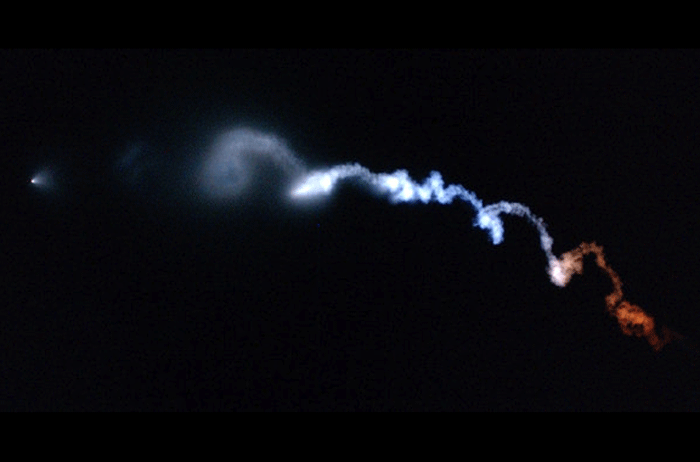
.
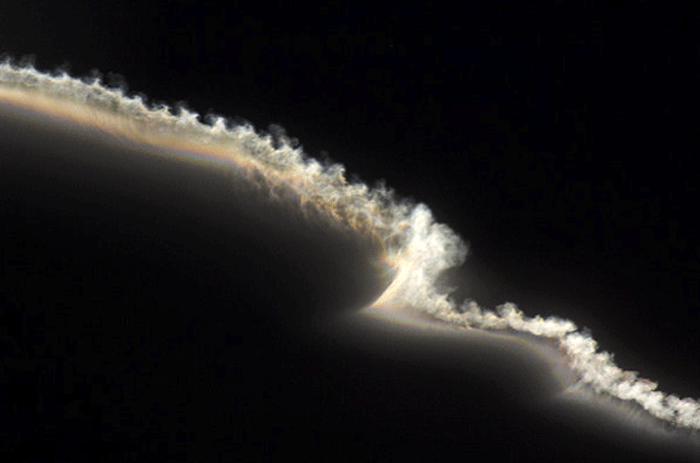
.
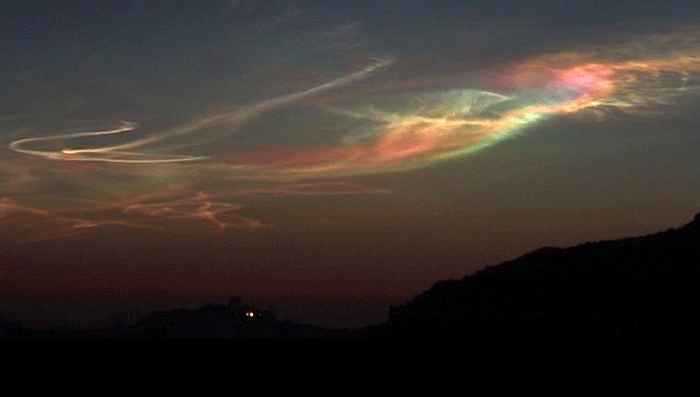
.
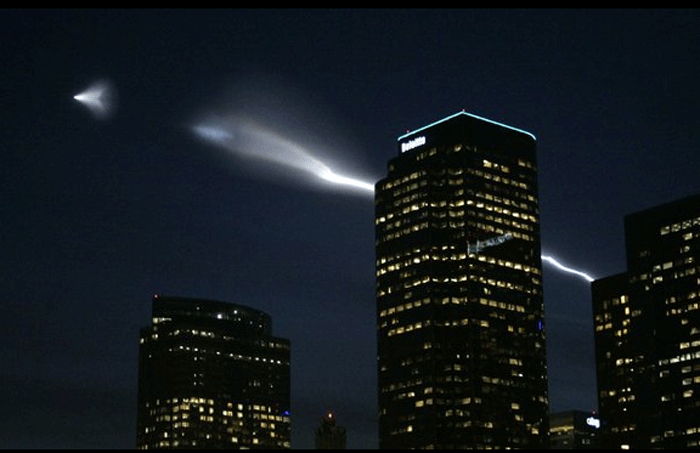
.
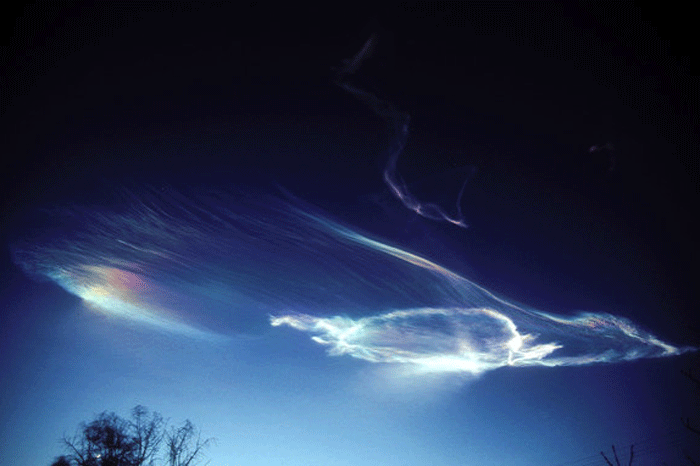
.
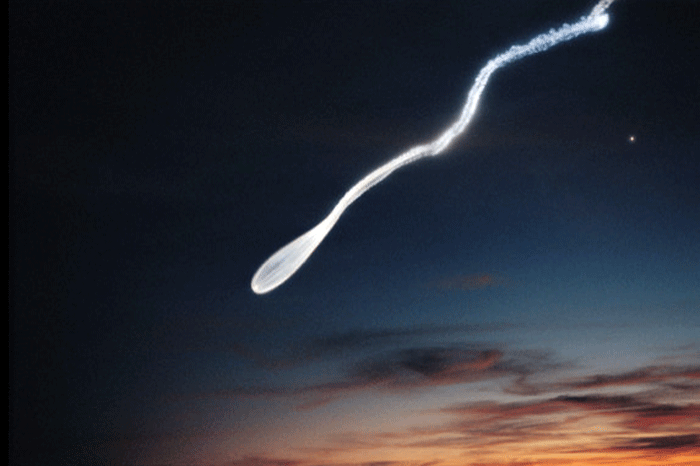
.
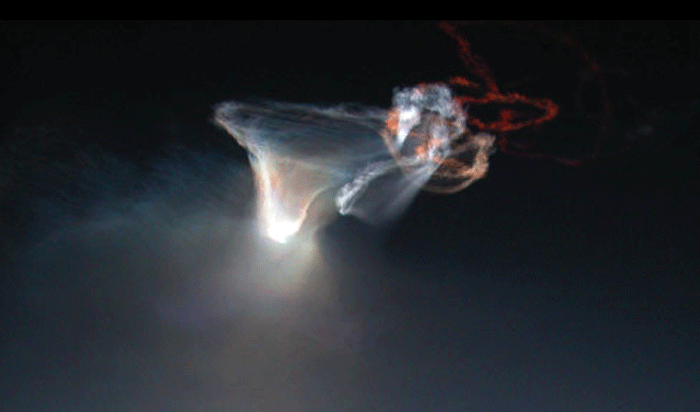
.
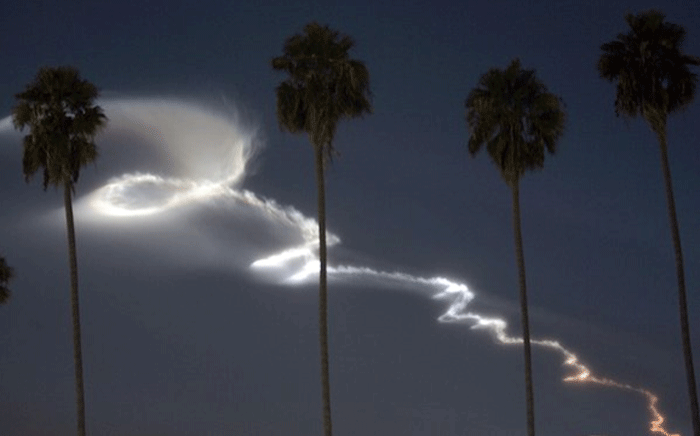
.
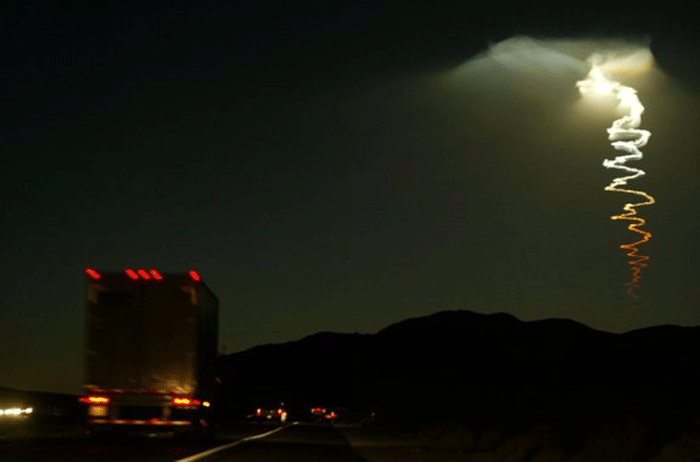
.
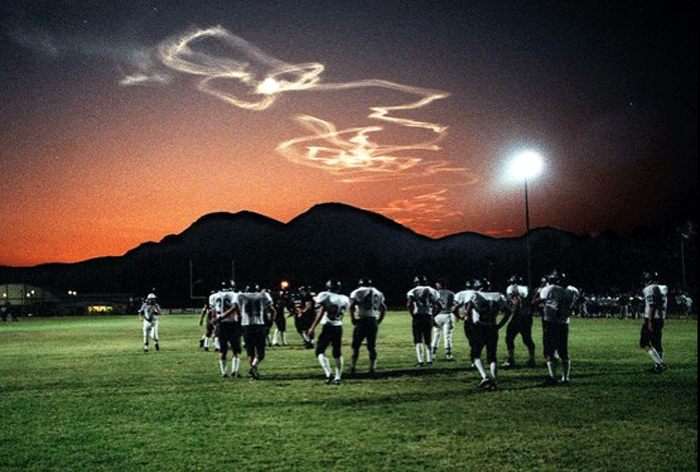
.
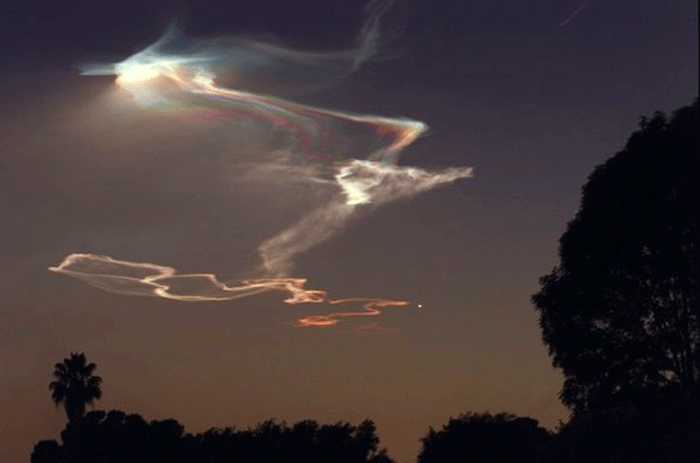
.
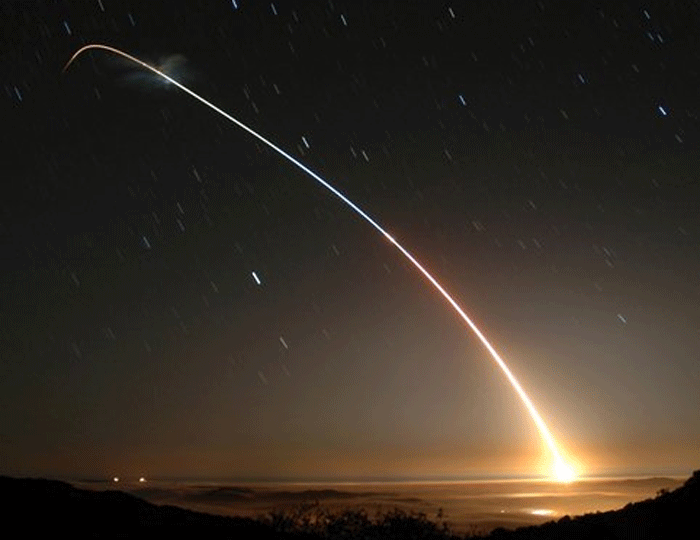
.
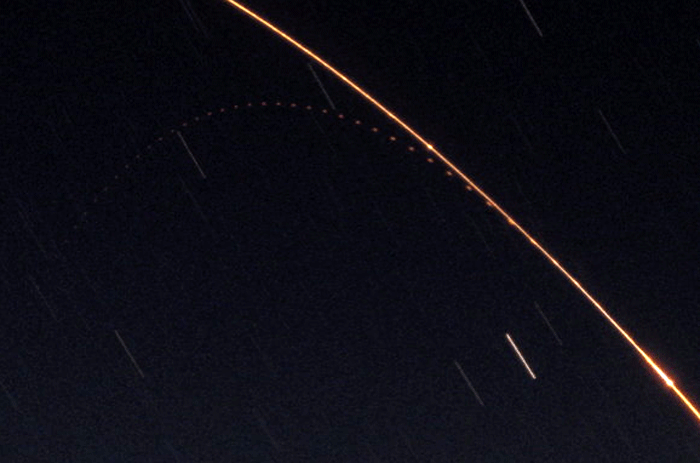
.
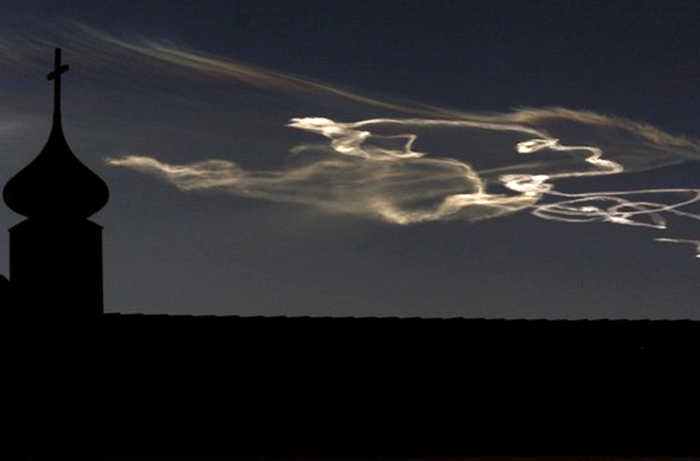
.
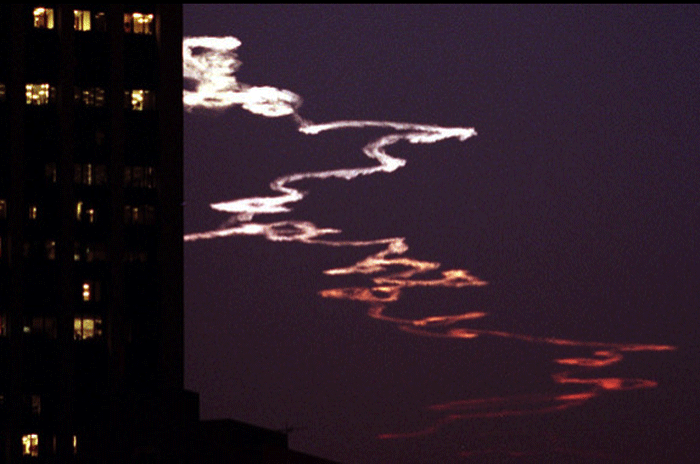
.
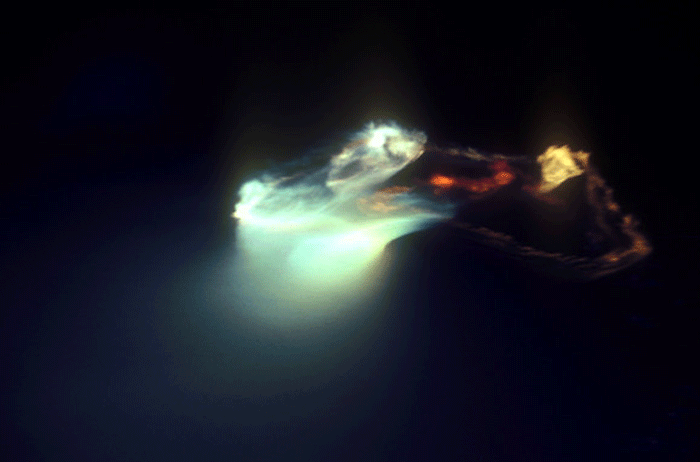
.
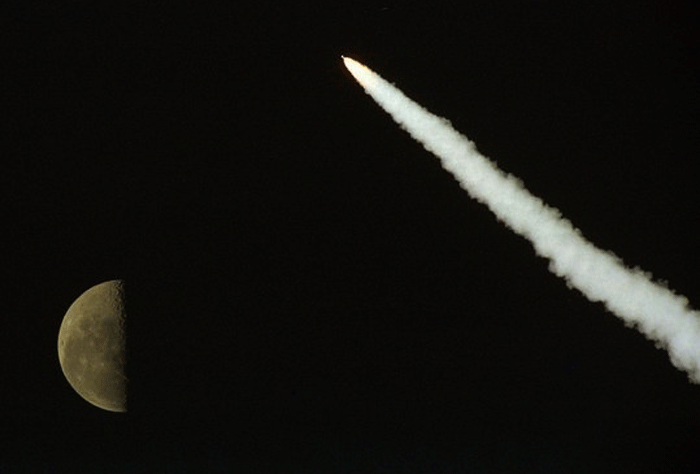
.
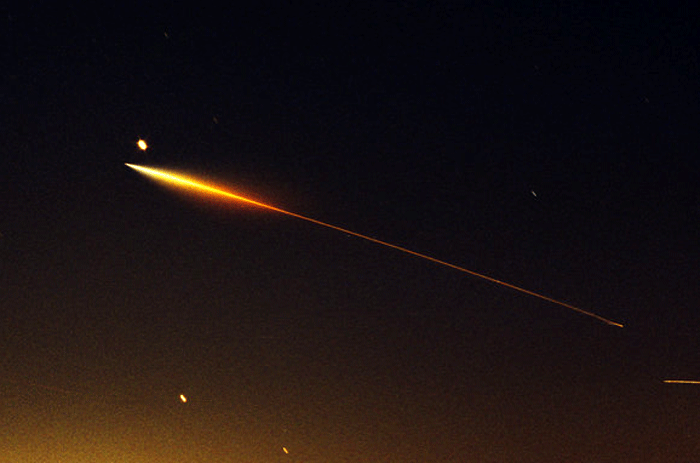
.
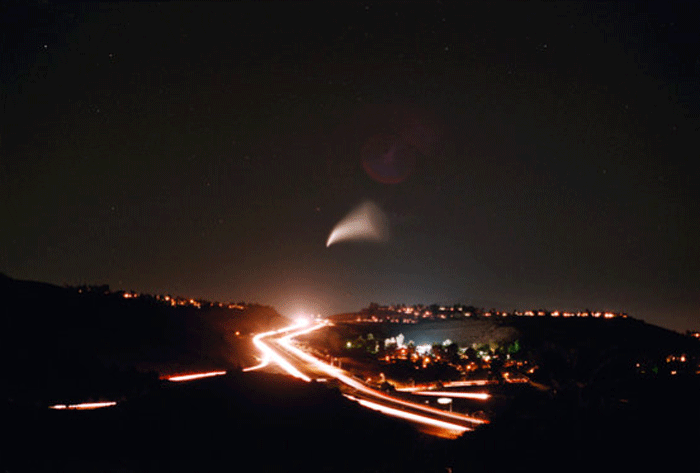
.
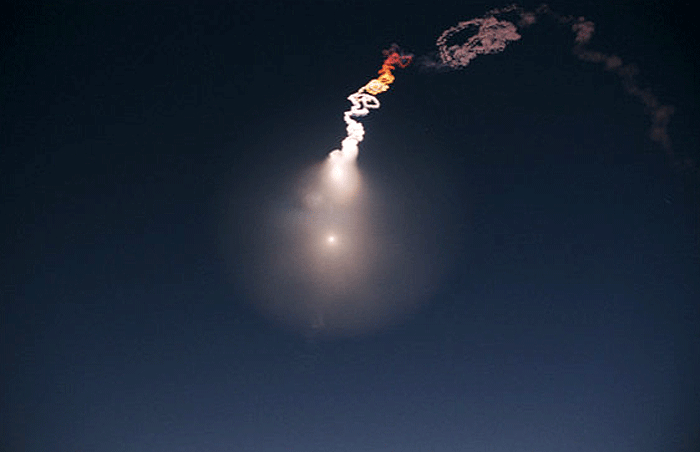
.
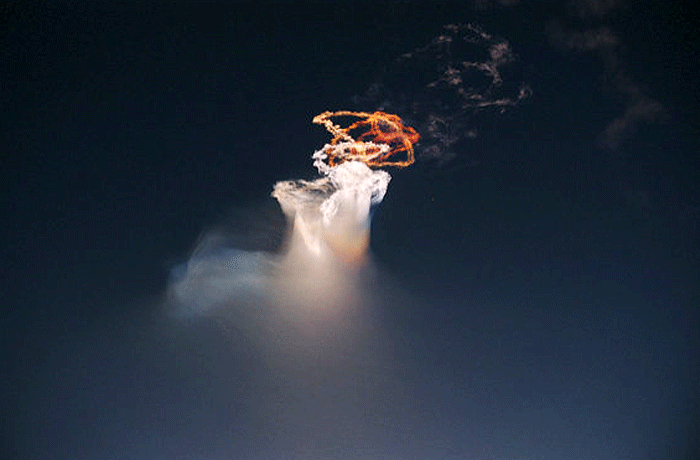
Quelle: Los Angeles Times
5423 Views

